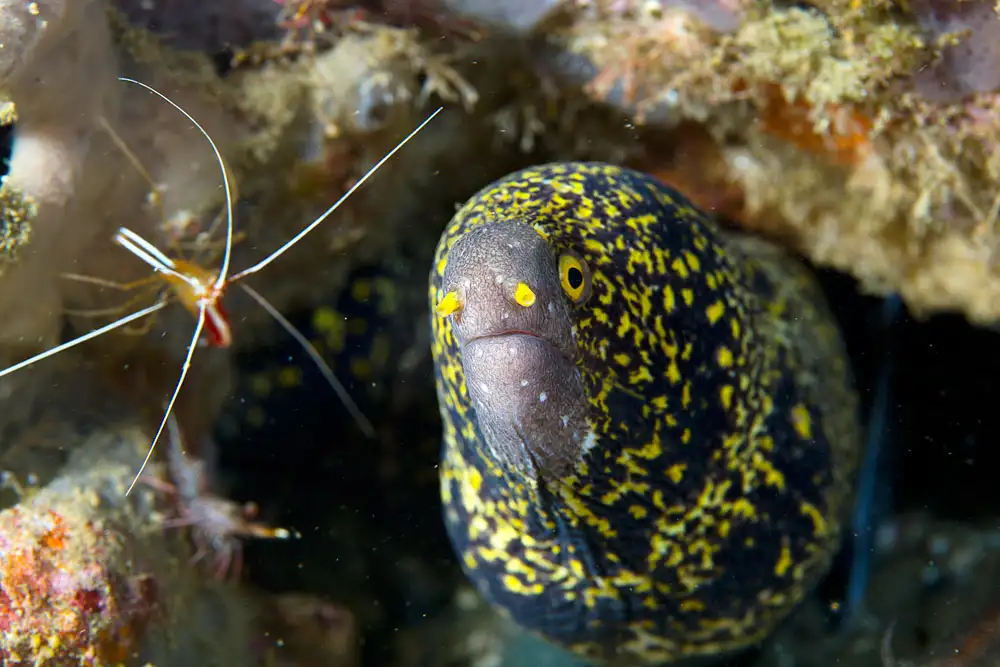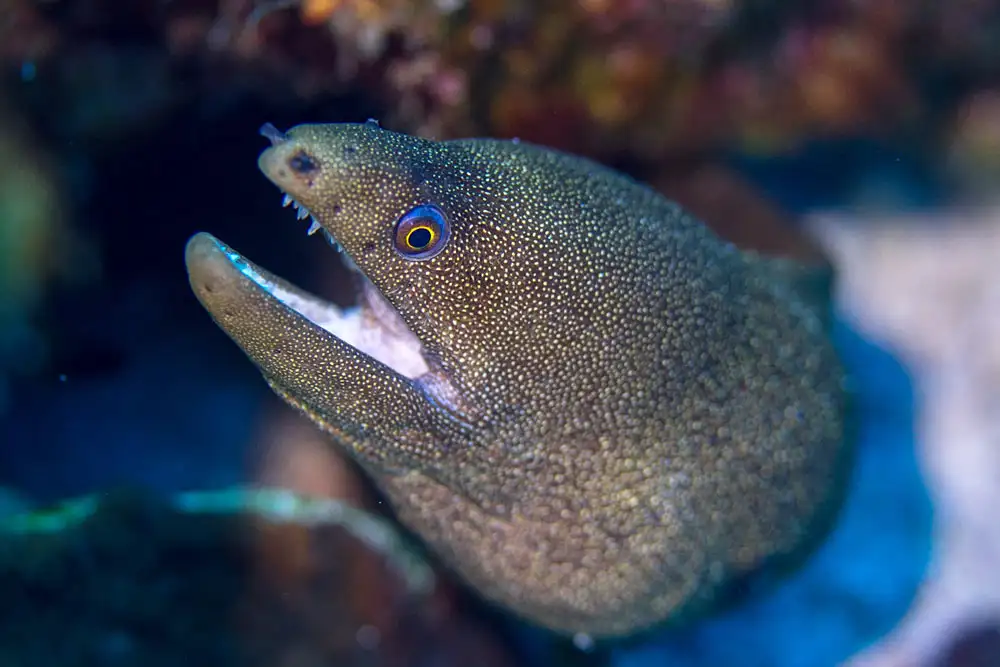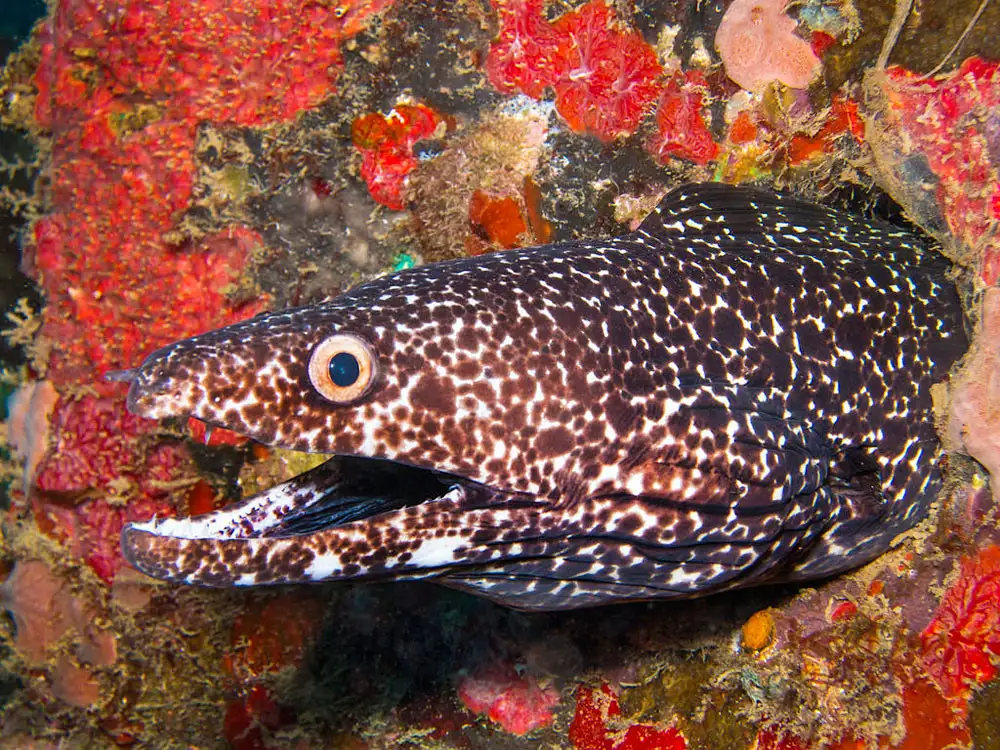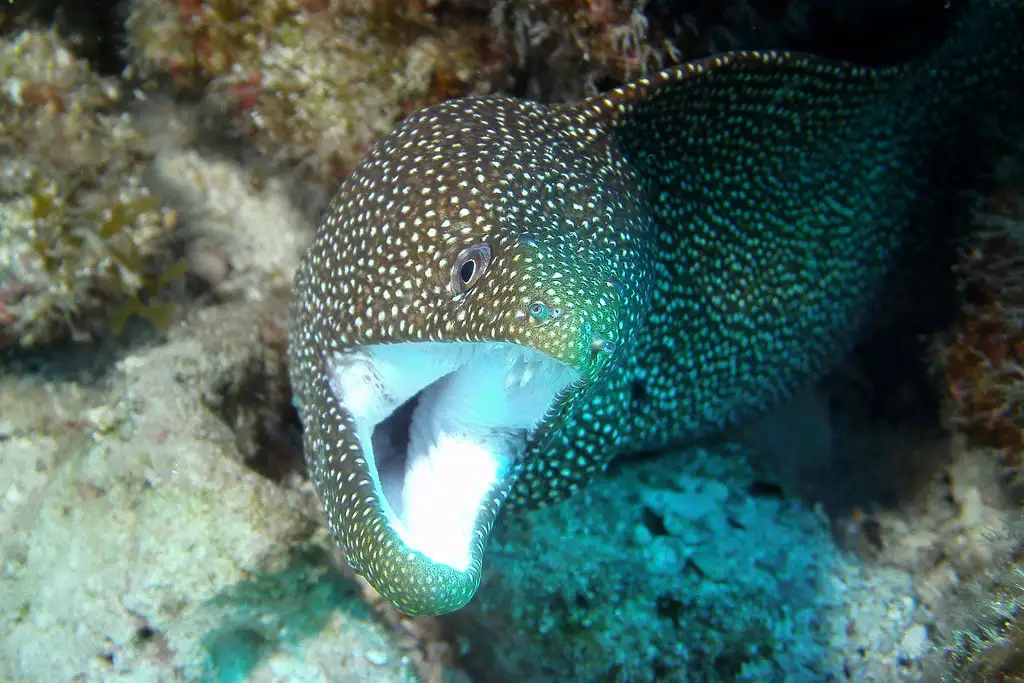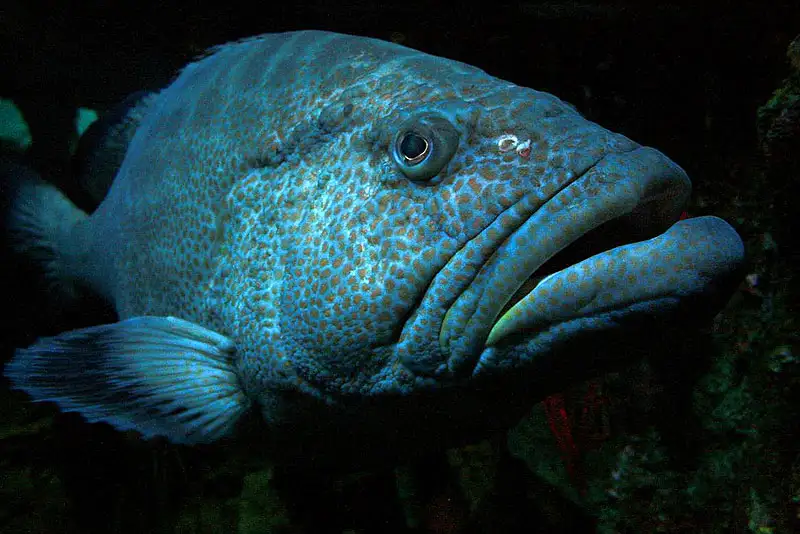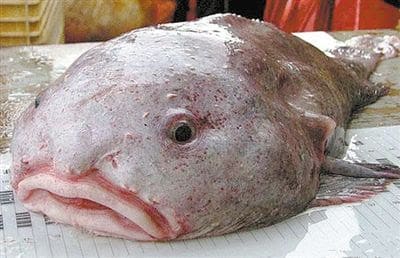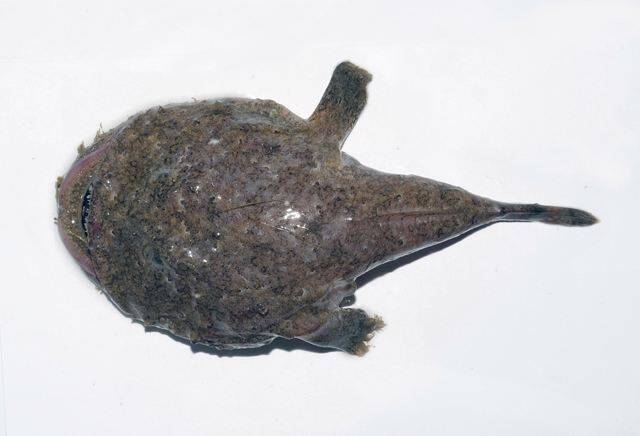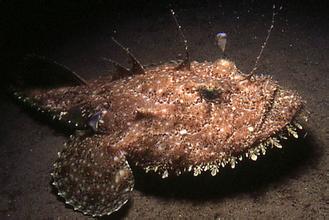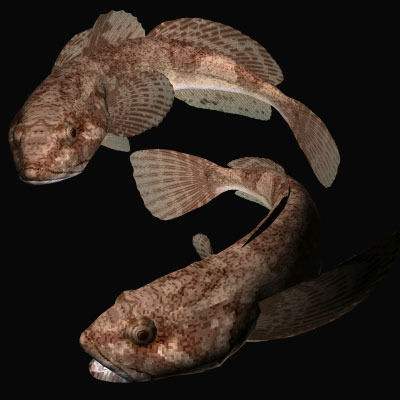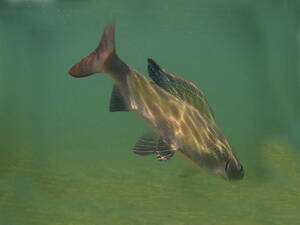Echidna nebulosa (Snowflake Moray)|syn. Muraena pardalis
IUCN
LCBasic Information
Scientific classification
- name:Echidna nebulosa (Snowflake Moray)|syn. Muraena pardalis
- Scientific Name:Echidna nebulosa (syn. Muraena pardalis)
- Outline:Medium Fish
- Family:Muraenidae Echidna
Vital signs
- length:50–80 cm; max ~100 cm
- Weight:Varies; medium‑sized moray
- lifetime:Approx. 10–20 years
Feature
Crushing dentition; nocturnal; crevice‑dwelling; leptocephalus larva.
Distribution and Habitat
Indo‑Pacific coral/rocky reefs (1–30 m), lagoons/harbours; prefers crevices.
Appearance
Serpentine body; yellow‑white clouded pattern; blunt molariform teeth; tubular nares.
Details
Echidna nebulosa—the snowflake moray—is a crushing‑toothed muraenid specialised for crustaceans. It appears in older literature as Muraena pardalis (often misspelled “paradalis”); use the current valid name in labels and search.
Ecology & Biology
Diet: crabs, shrimps and other hard‑shelled invertebrates; strongly nocturnal.
Behaviour: crevice‑dwelling by day, with only the head exposed; capable of reverse swimming to navigate tight holes.
Reproduction: oviparous with a leptocephalus larval stage dispersed by currents.
Identification
Elongate serpentine body without pectoral fins; head/flanks with yellow‑white clouded markings;short, blunt molariform teeth; tubular anterior nares.
Size & Longevity
Length: usually 50–80 cm, up to ~100 cm.
Life: about 10–20 years (varies by conditions).
Range & Habitat
Tropical Indo‑Pacific coral/rocky reefs, typically 1–30 m, favouring hard bottoms with abundant crevices; also lagoons/harbours.
People & Conservation
Interactions: generally non‑aggressive but may bite when hand‑fed or provoked; observe no‑touch; regional ciguatera risk possible.
Conservation: local abundance depends on reef health and trade pressure; regulated collection helps.
IUCN: commonly listed as Least Concern (LC); check latest assessment.
FAQ
Q1. How to distinguish from sharp‑toothed morays? E. nebulosa shows blunt, molariform teeth and yellow‑white clouded markings.
Q2. Why the name Muraena pardalis? Historical synonym; the valid name is Echidna nebulosa.
Q3. Is it dangerous? Usually non‑aggressive; avoid hand‑feeding or probing dens.
Q4. Aquarium notes? Needs stable water, secure lids and ample caves; not ideal for beginners.

